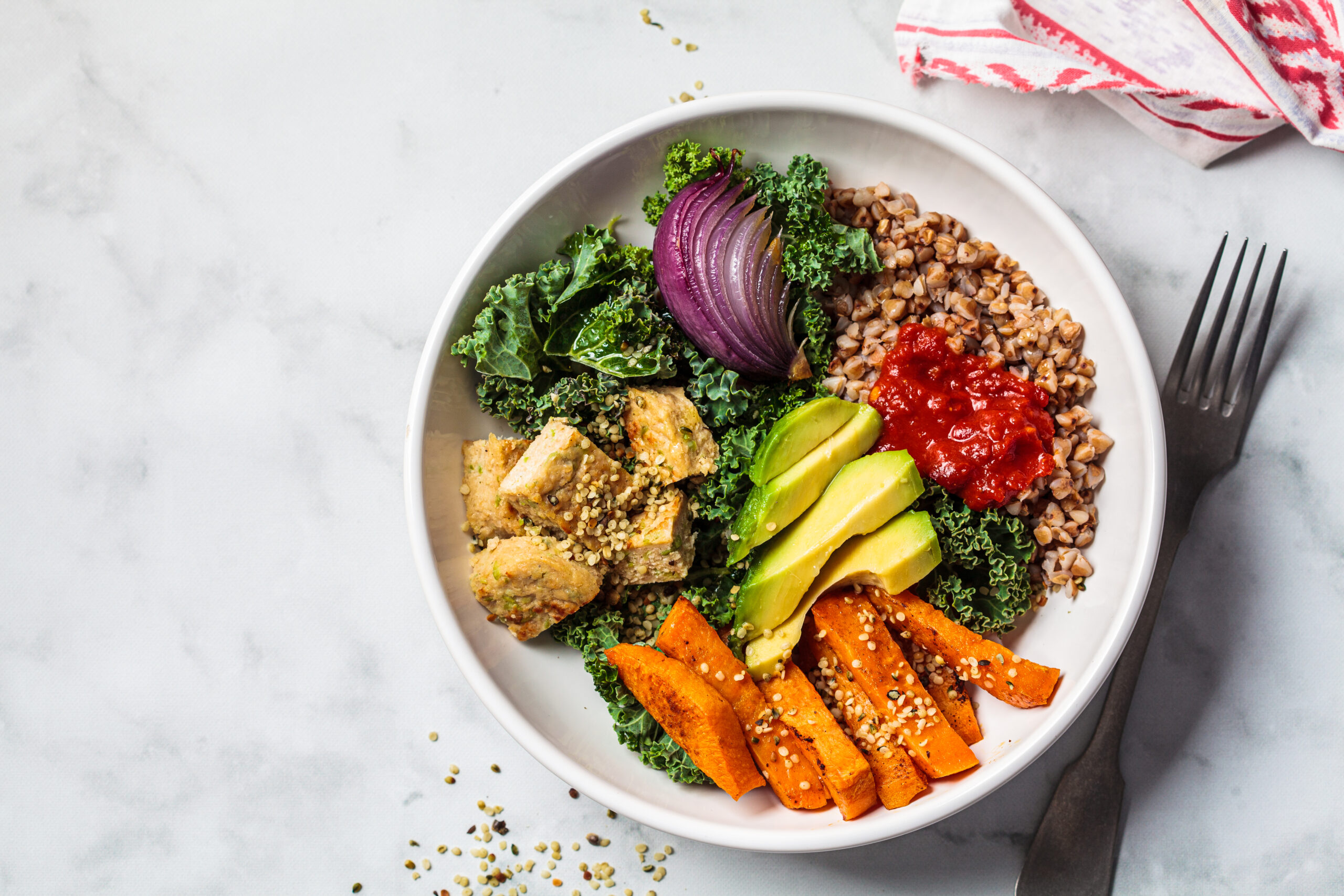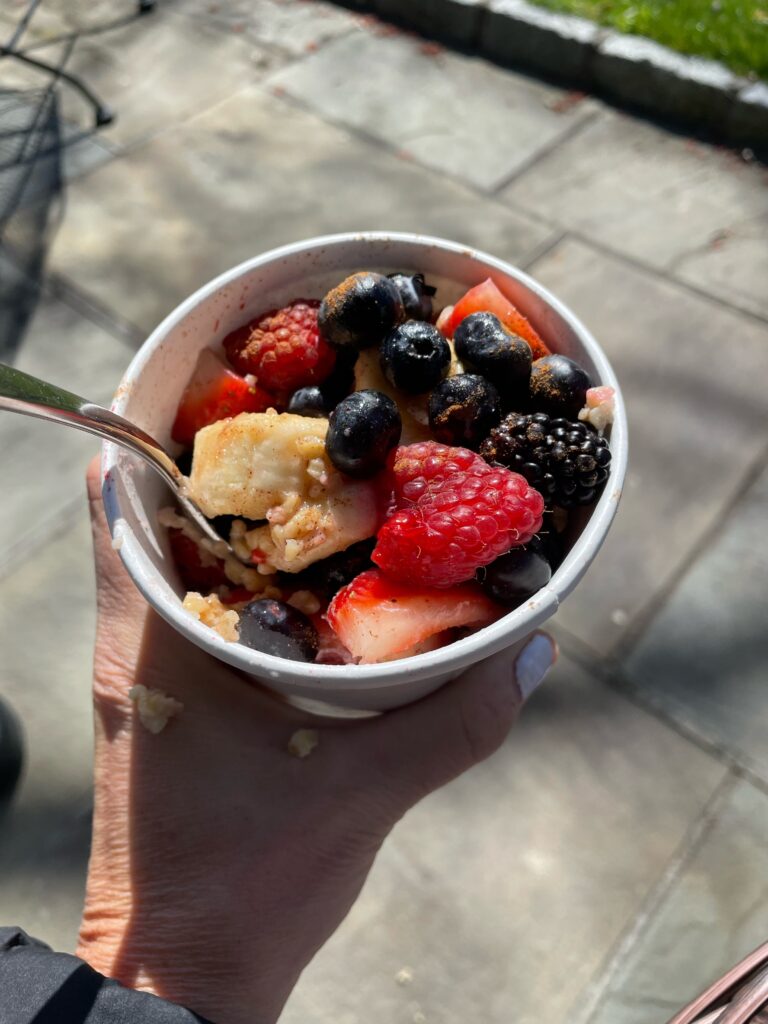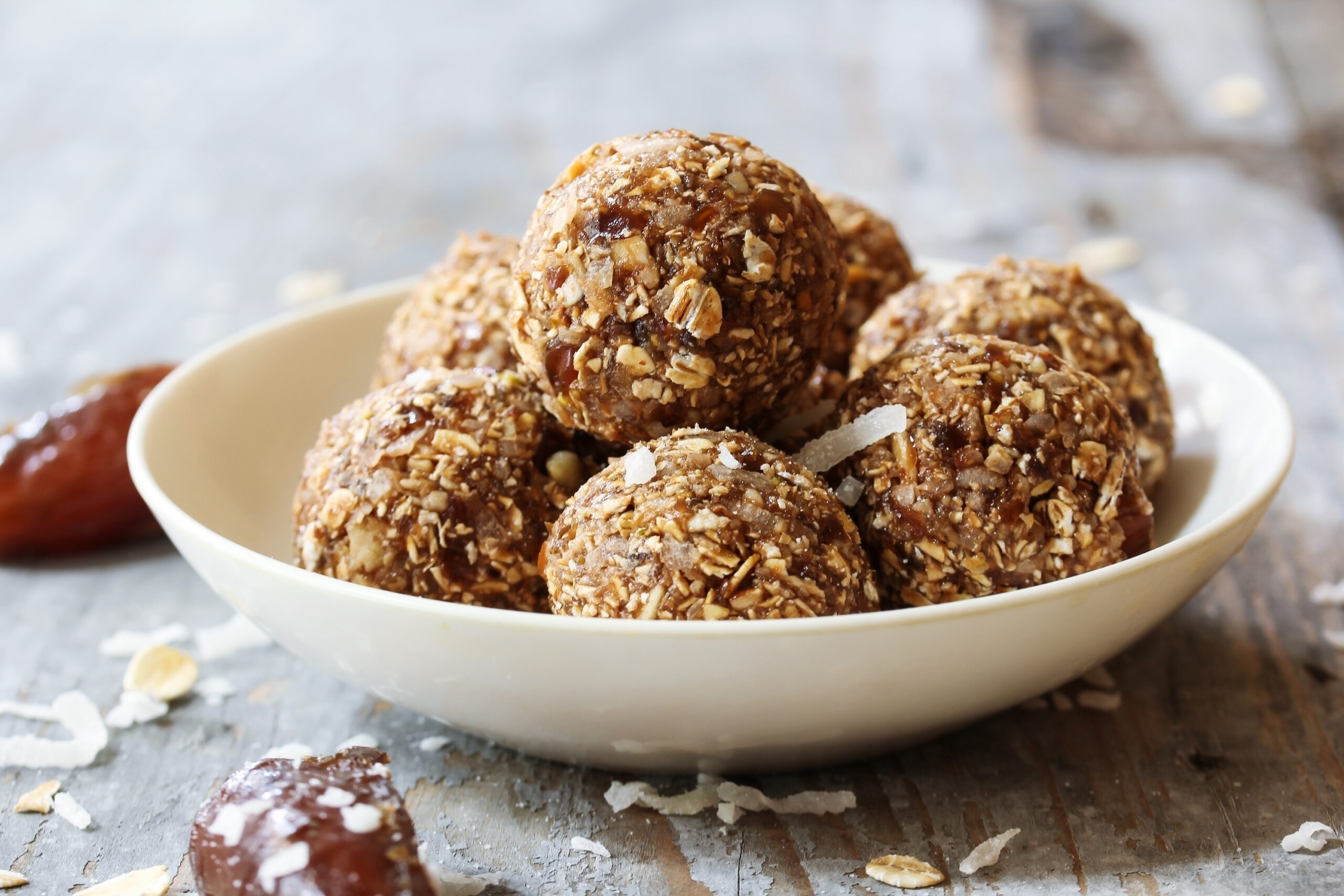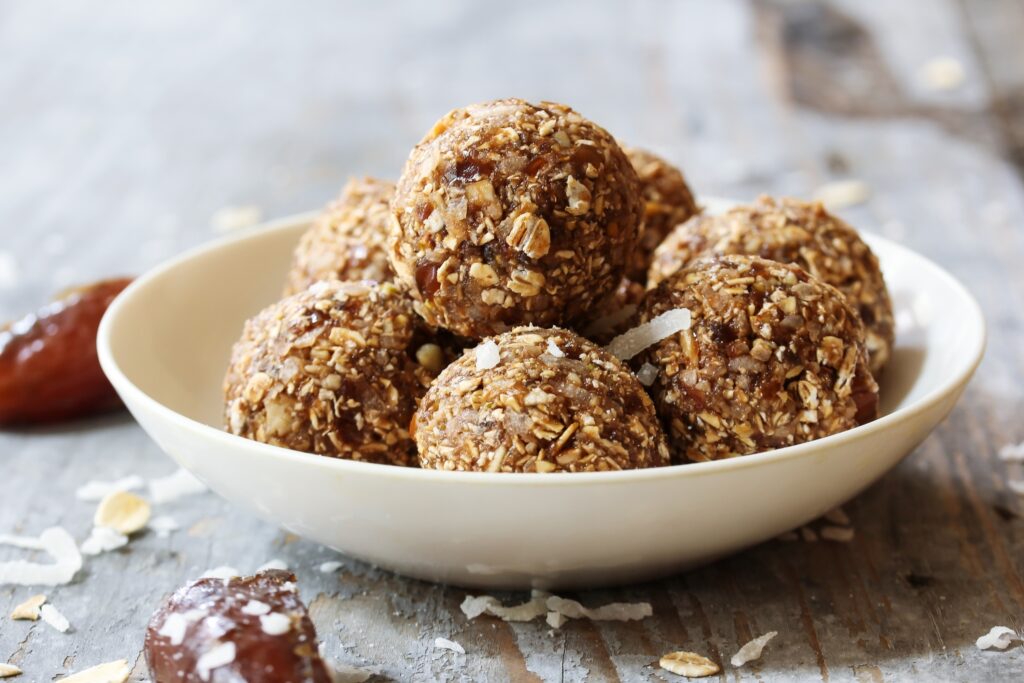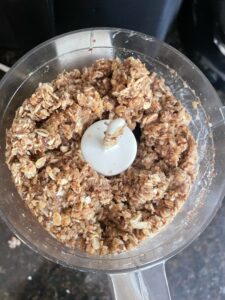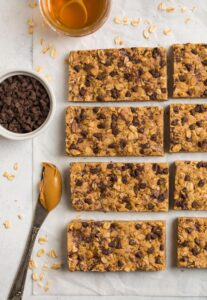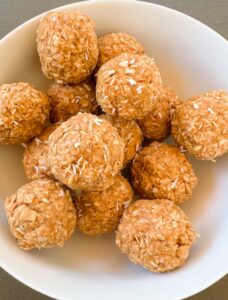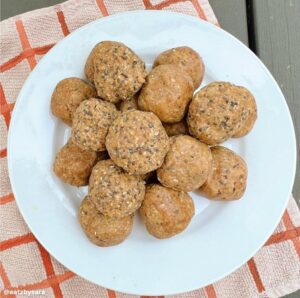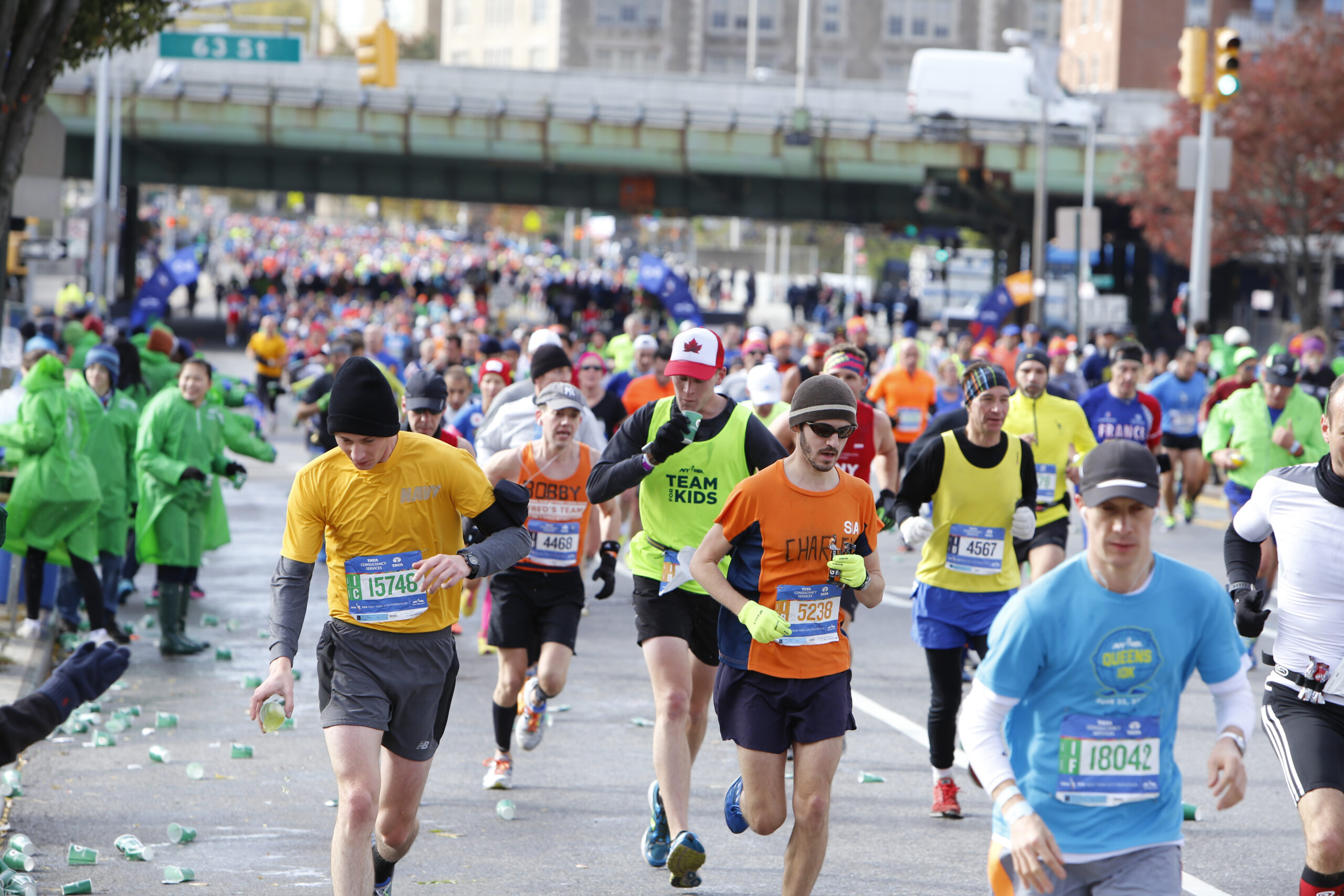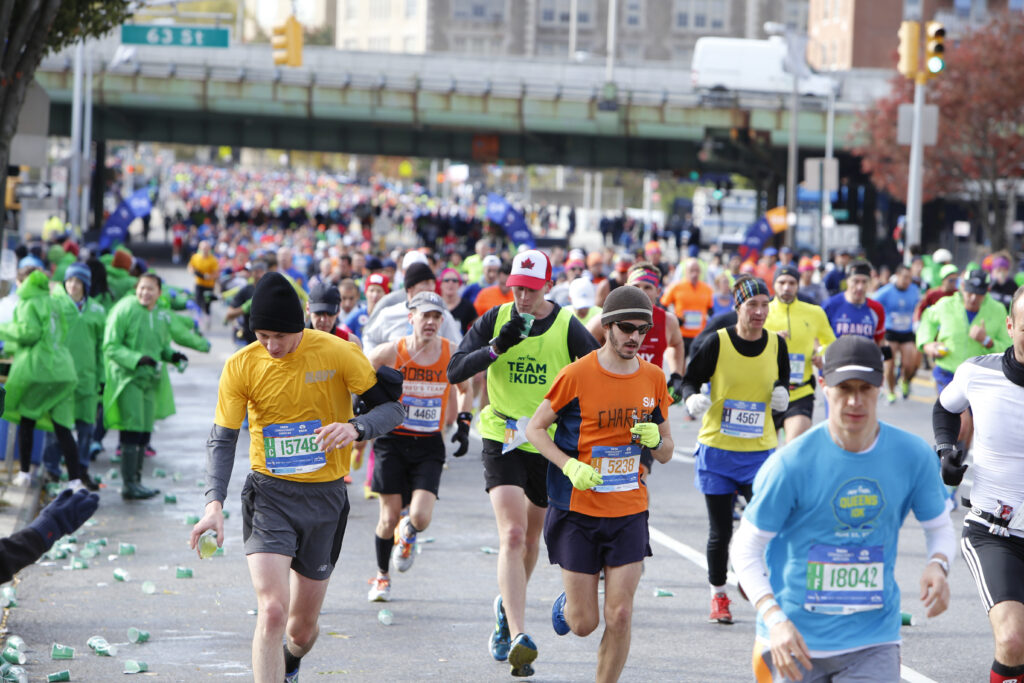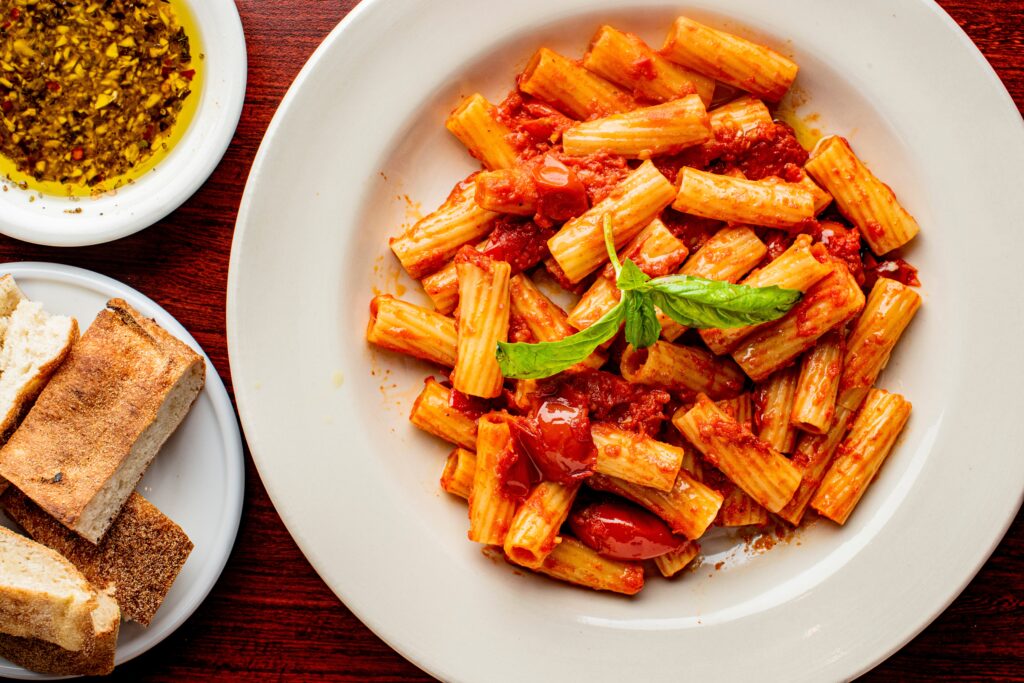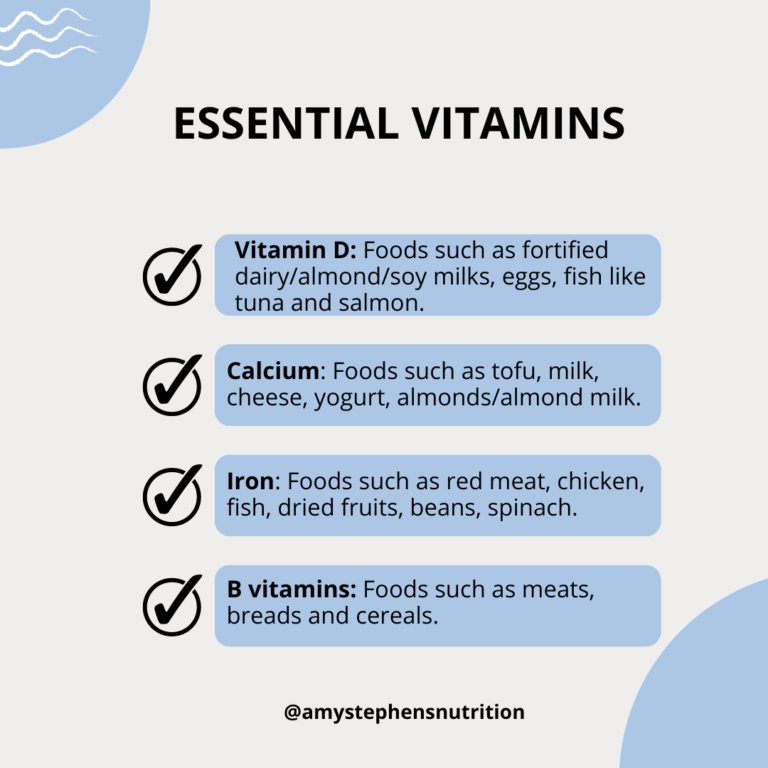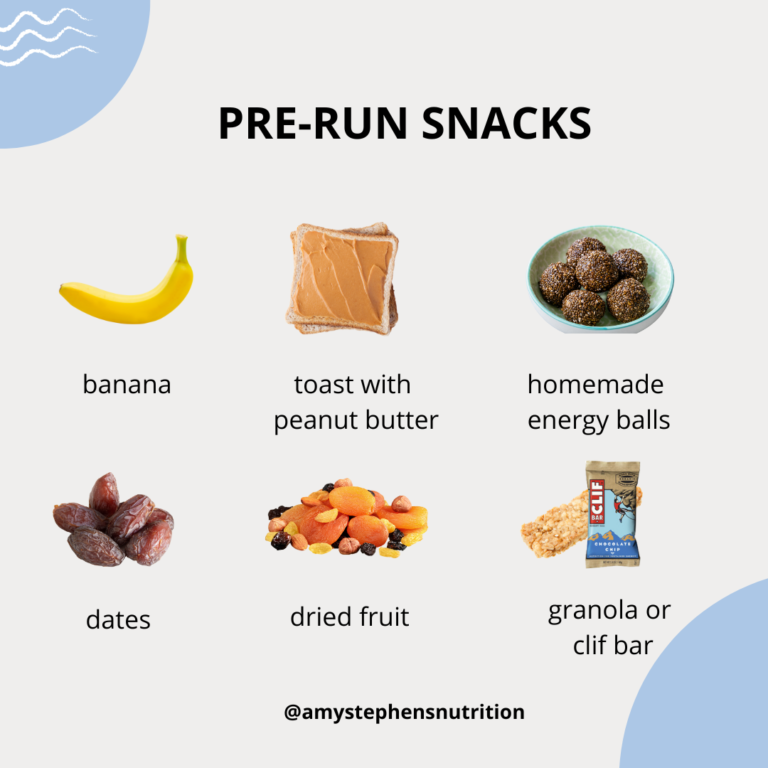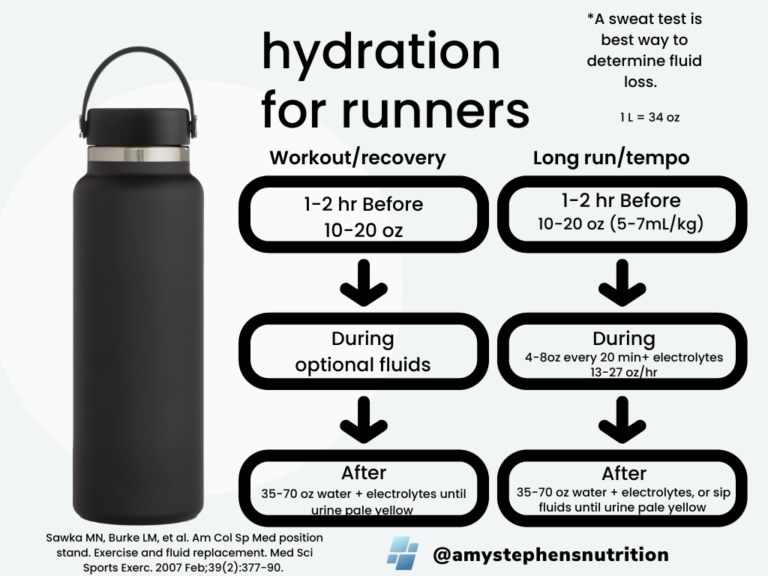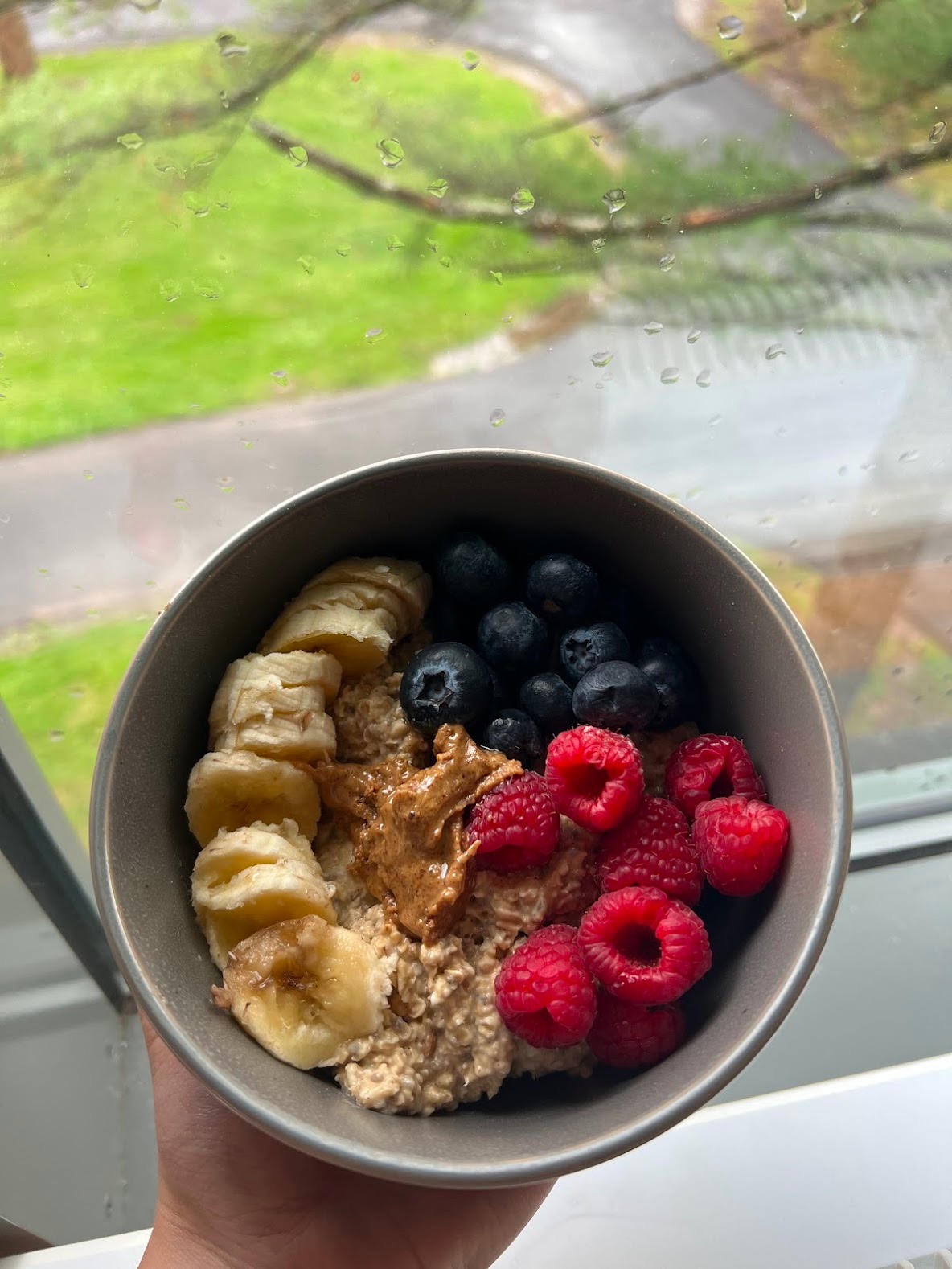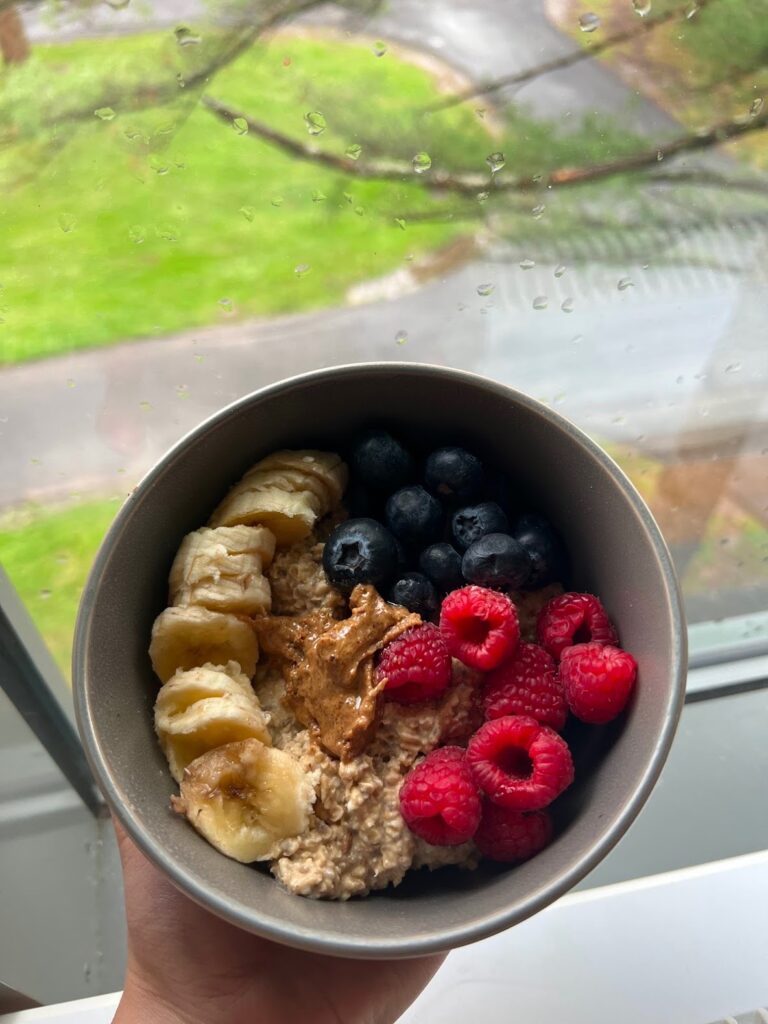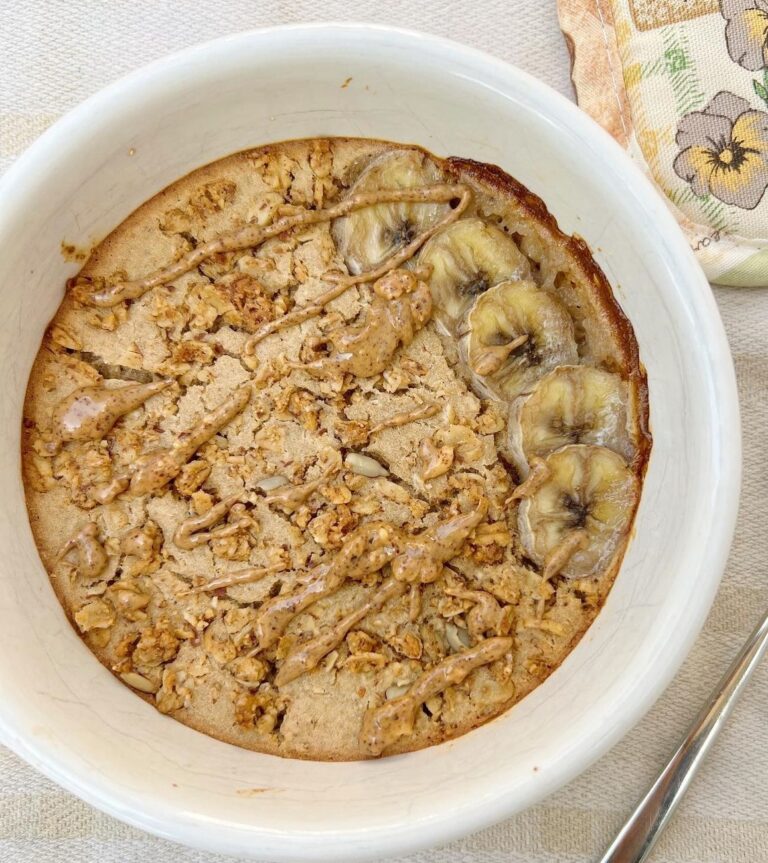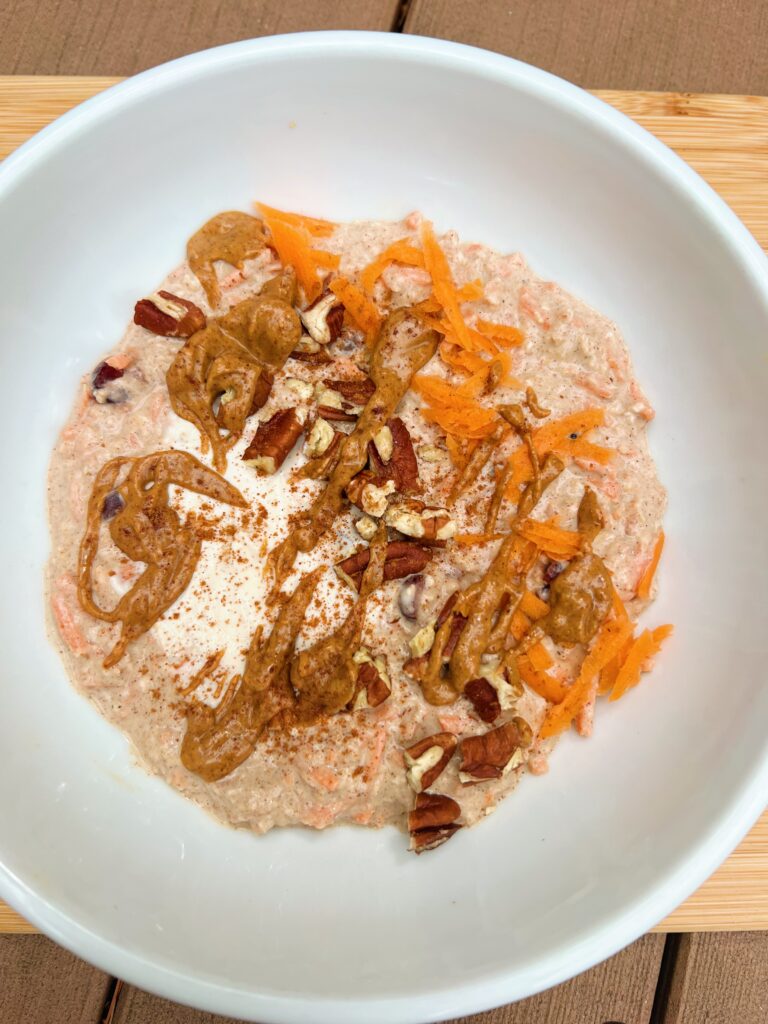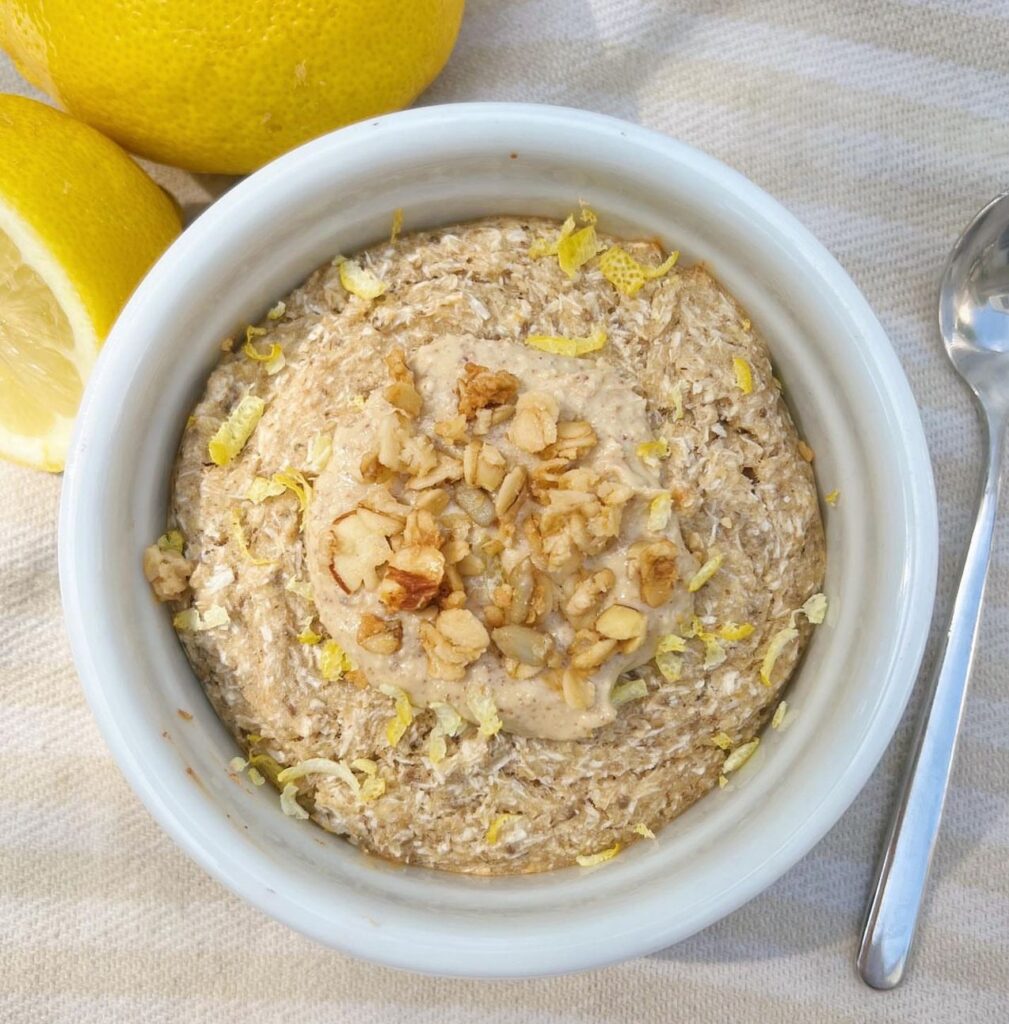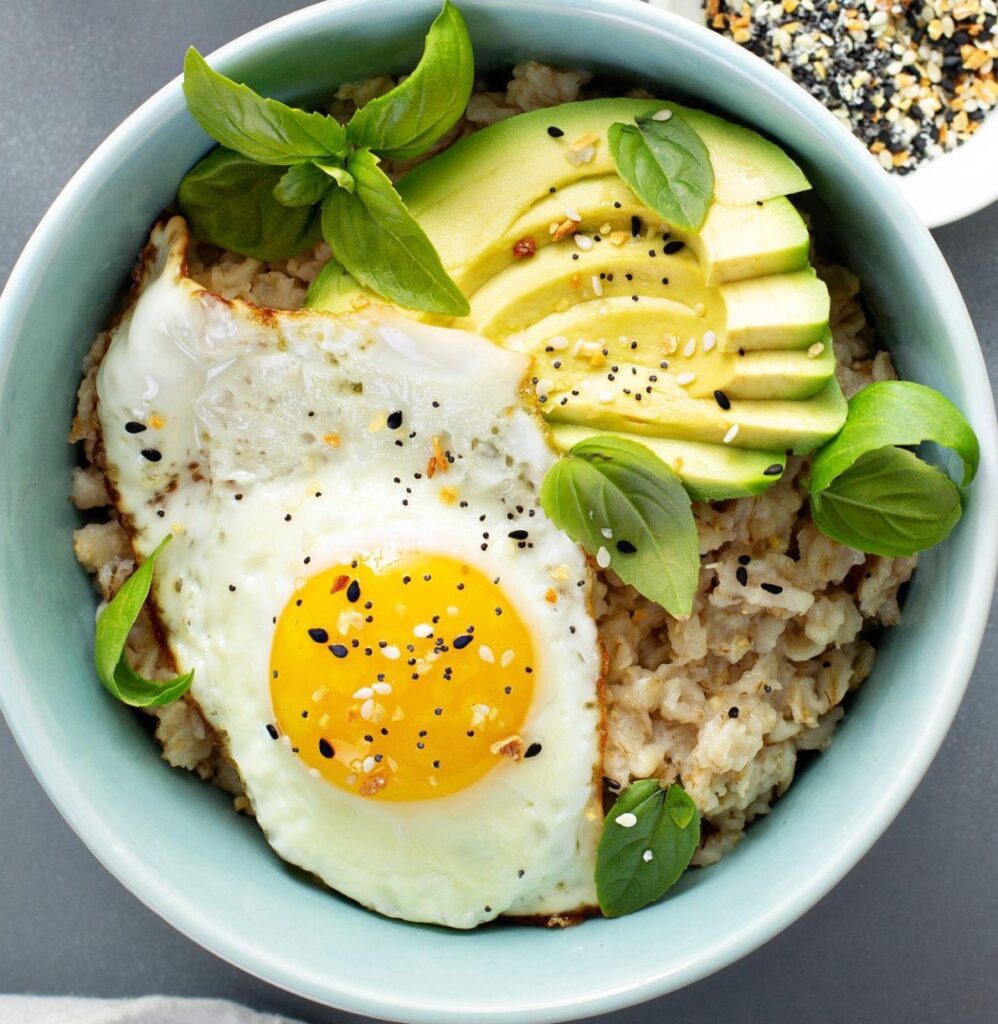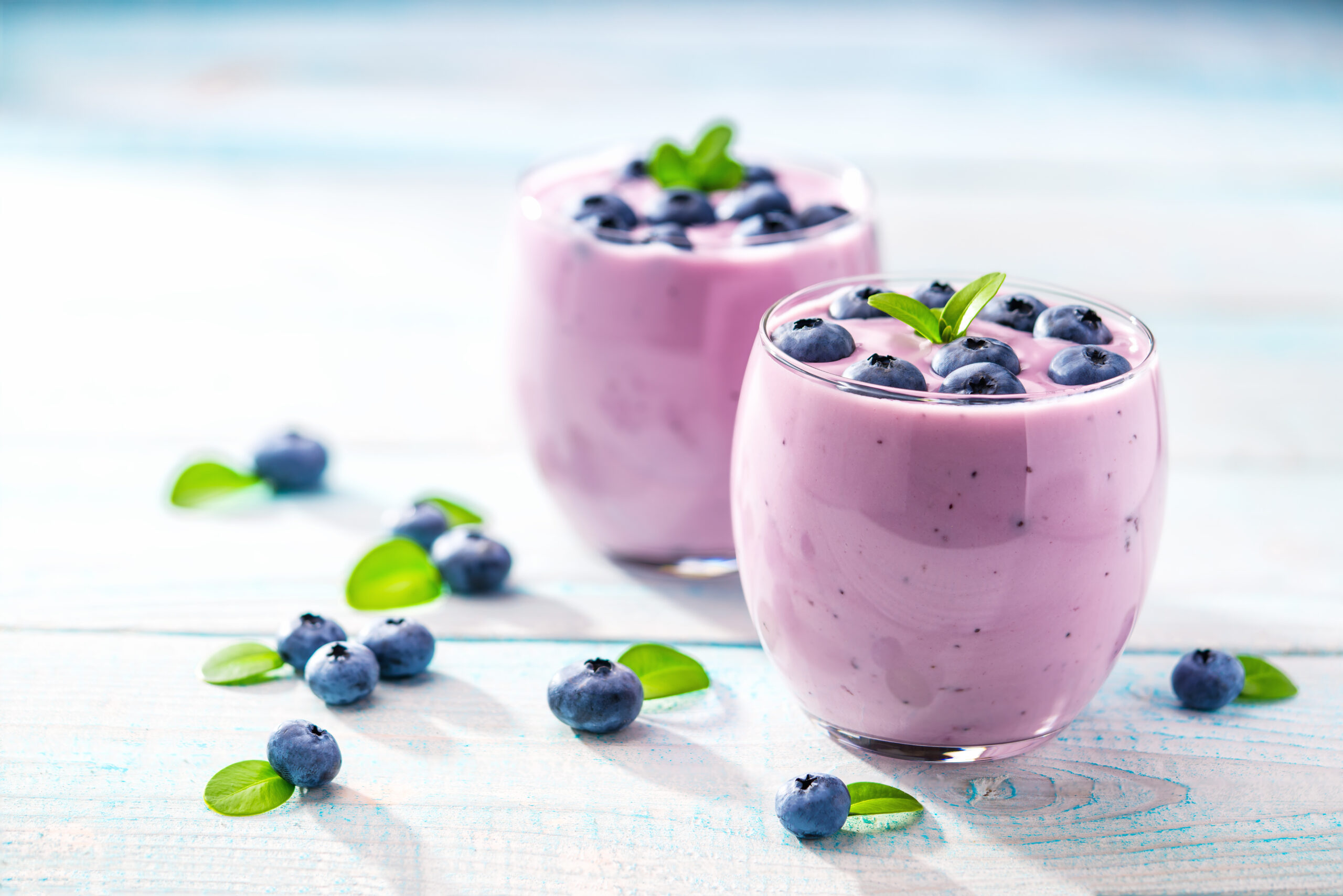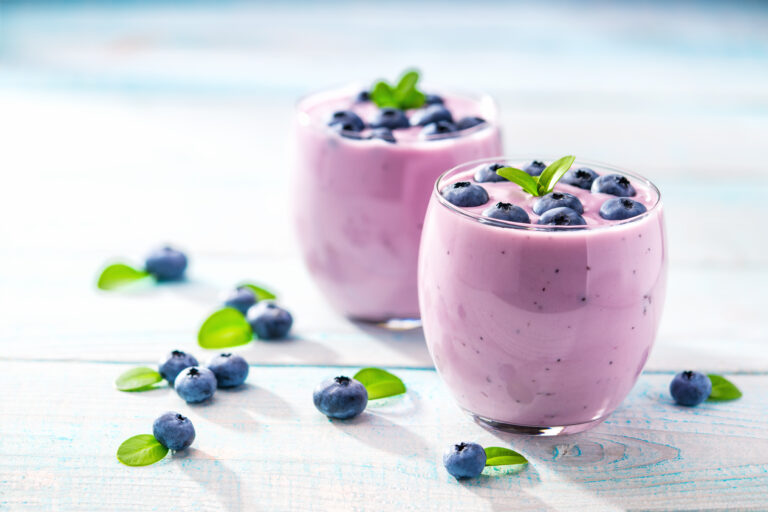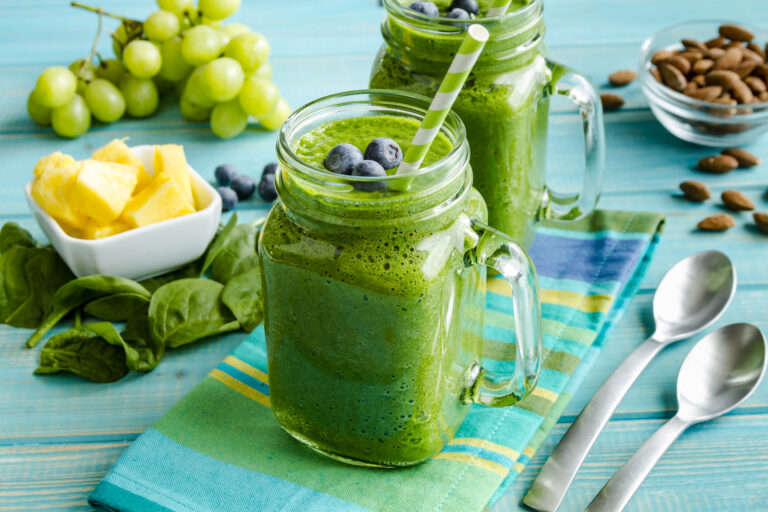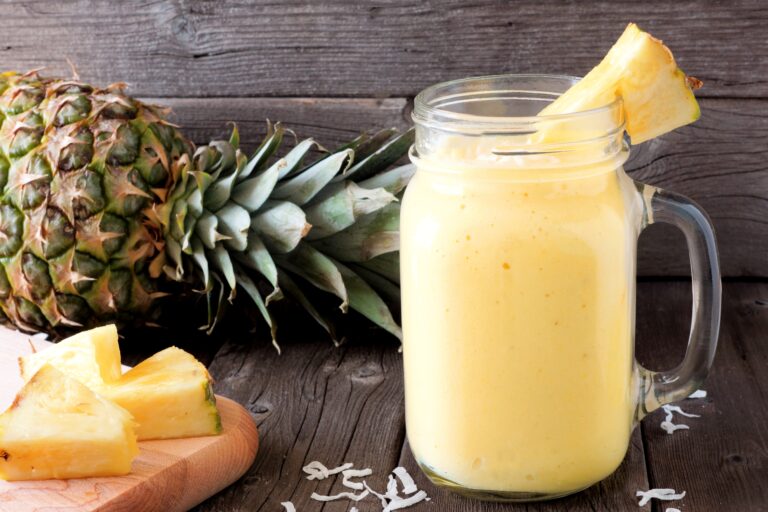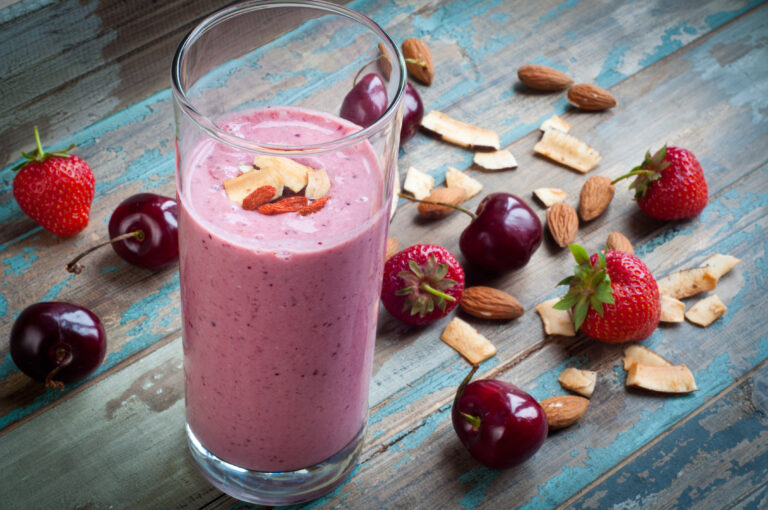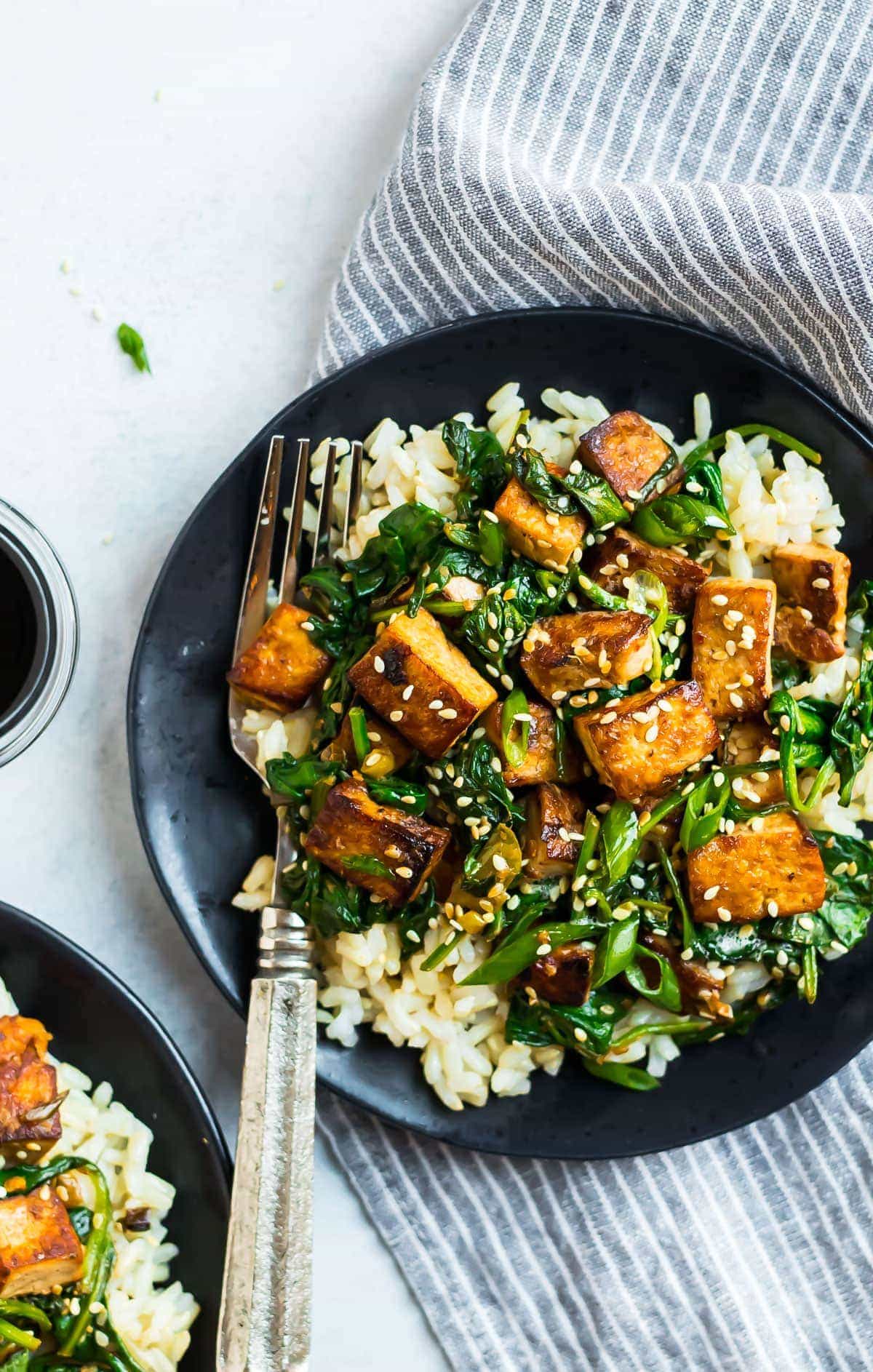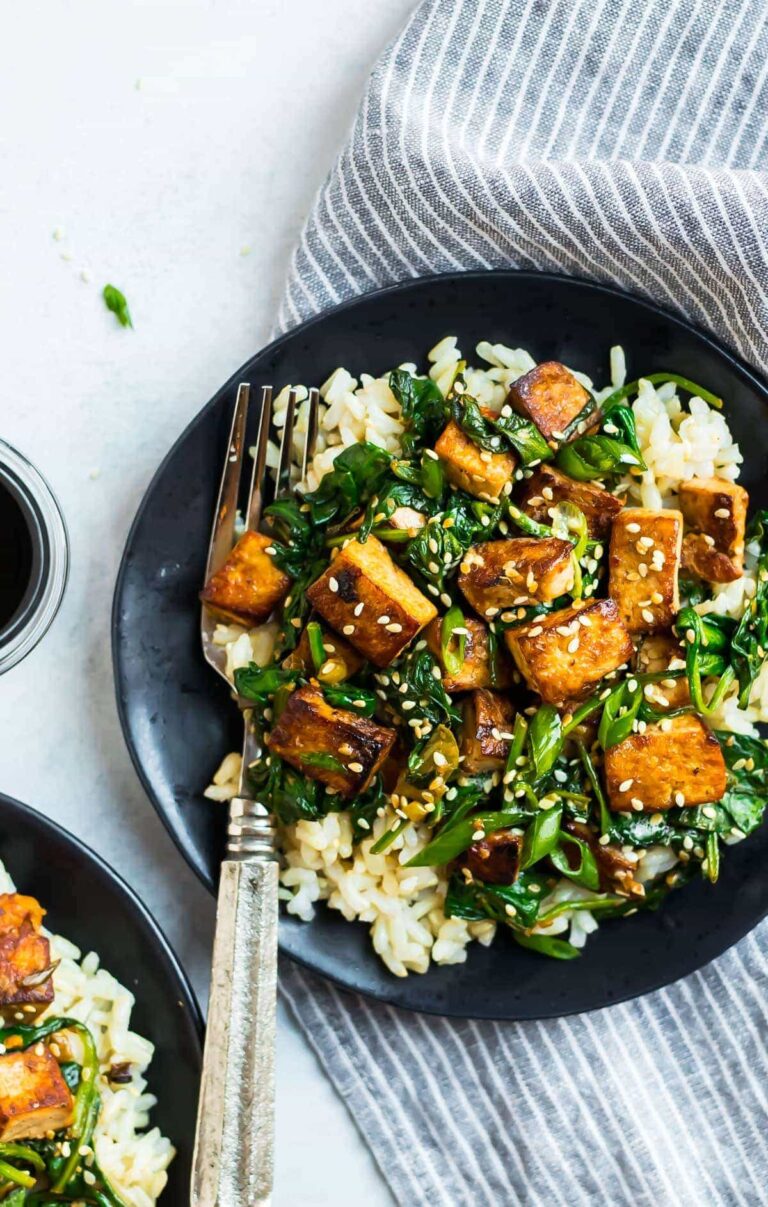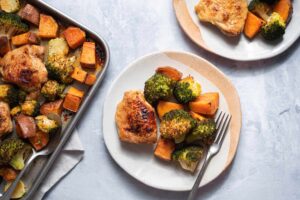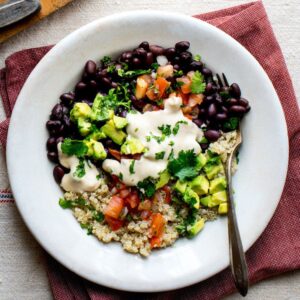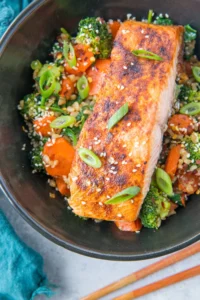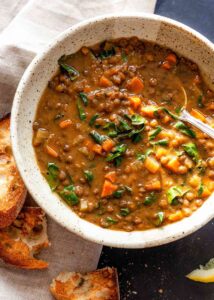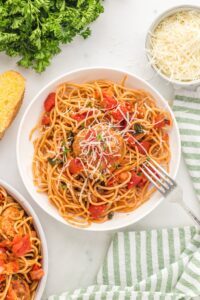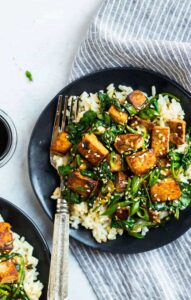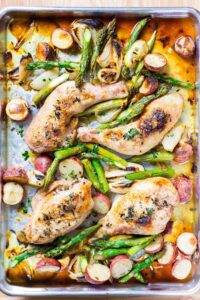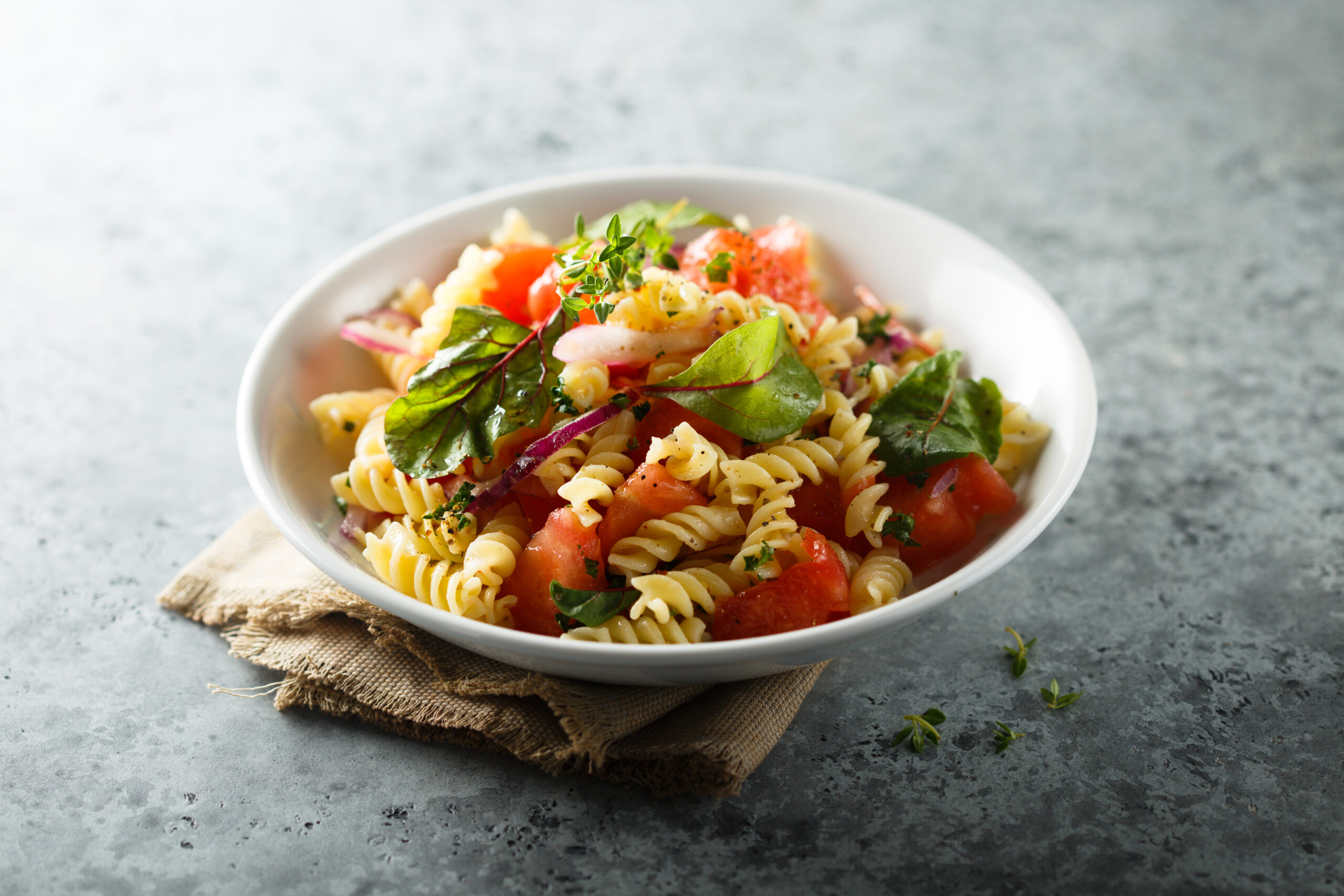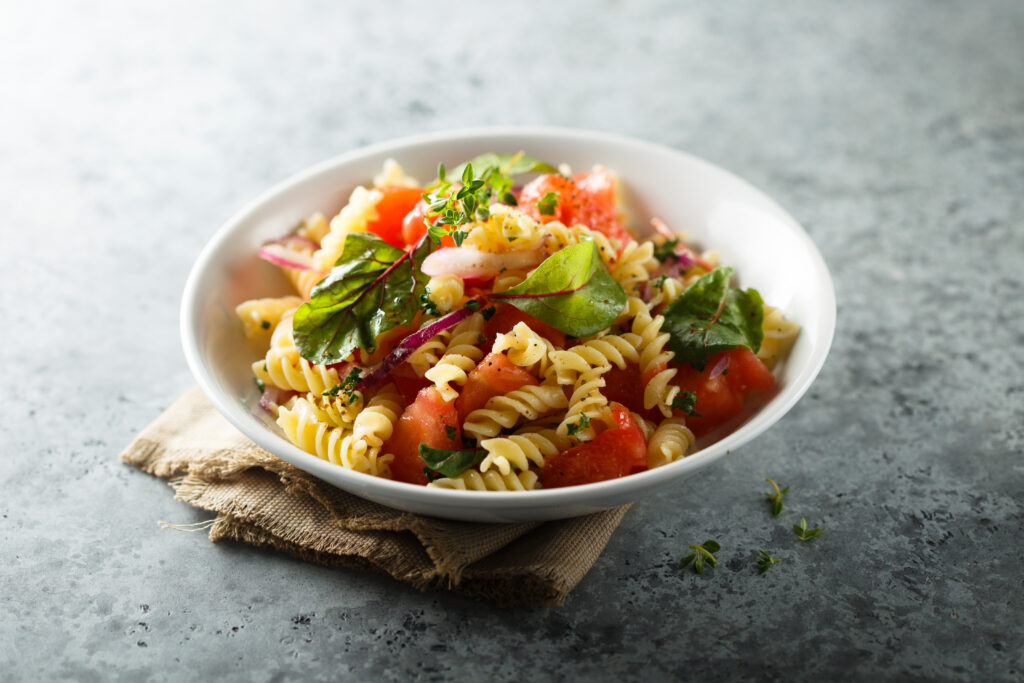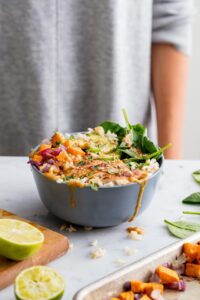Fuel up: Power-Packed Meal Ideas for Athletes
-
By Amy Stephens RDN CSSD
Sports Nutritionist NYC
My favorite meals for athletes! Refuel your energy with this list of delicious meals.
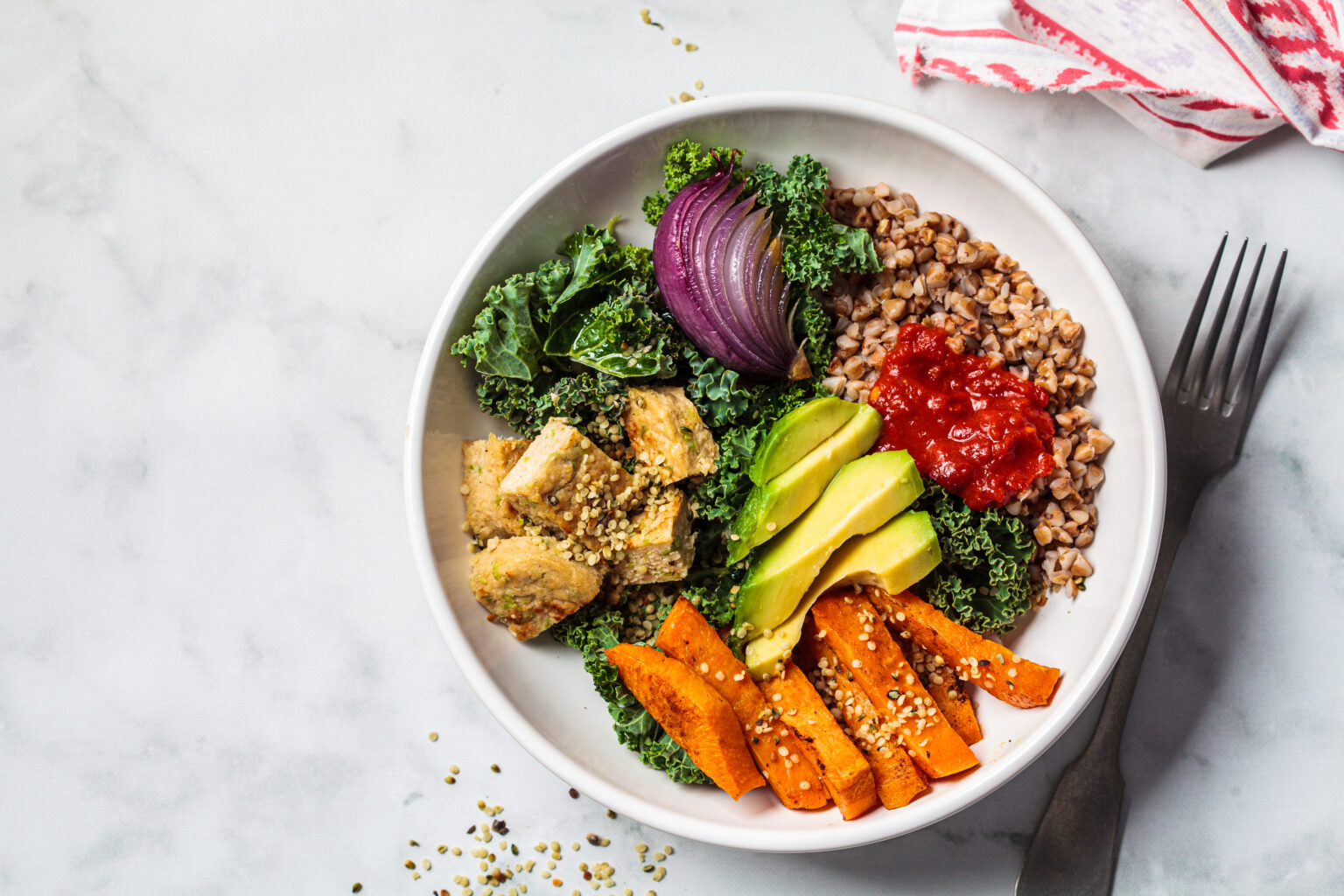
Sample meal ideas
Breakfast
Whole grain or sourdough toast topped with:
Cottage or ricotta cheese and sliced tomato
Mashed avocado, olive oil, salt, crushed pepper
Mashed avocado, strawberries, coconut flakes, maple syrup
Nut butter and fruit (banana and peanut butter)
Whole grain waffles with syrup and sliced fruit
Granola with milk and fruit
Greek yogurt and fruit, topped with granola
Smoothie made with ice, milk, spinach, banana, fruit, and chia seeds
Breakfast burrito – sauteed veggies, scrambled eggs, cheese
Oatmeal topped with nut butter and fruit
Overnight oats topped with fruit and cinnamon
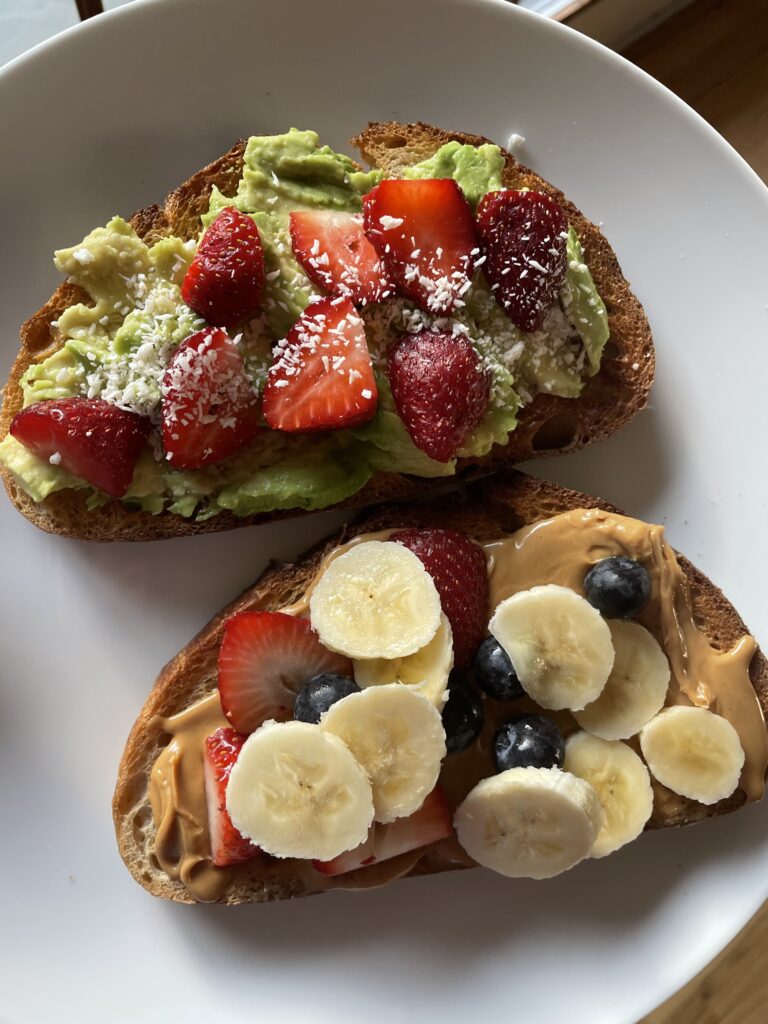
Lunch
Quesadilla with red peppers, rice, beans and cheese
Sandwich on sliced bread, pita or wrap with protein such as hummus, sliced turkey or chicken with lettuce/tomato and fruit
Rice bowl with chicken and vegetables
Pasta salad with tomato, basil and mozzarella
Baked potato, grilled chicken, steamed broccoli
Salad with protein (chicken/tofu) and starch (beans, quinoa or sweet potato), avocado and dressing
Pasta salad with vegetables and grilled chicken
Vegetable or chicken burrito with rice, beans, and spinach
Quinoa salad with vegetables, slivered almonds and beans
Sushi rolls and a salad
Homemade pizza on pita or toast with sauce and mozzarella cheese
Three bean salad made with string beans, white beans and garbanzo beans
Grilled vegetable sandwich with pesto and mozzarella
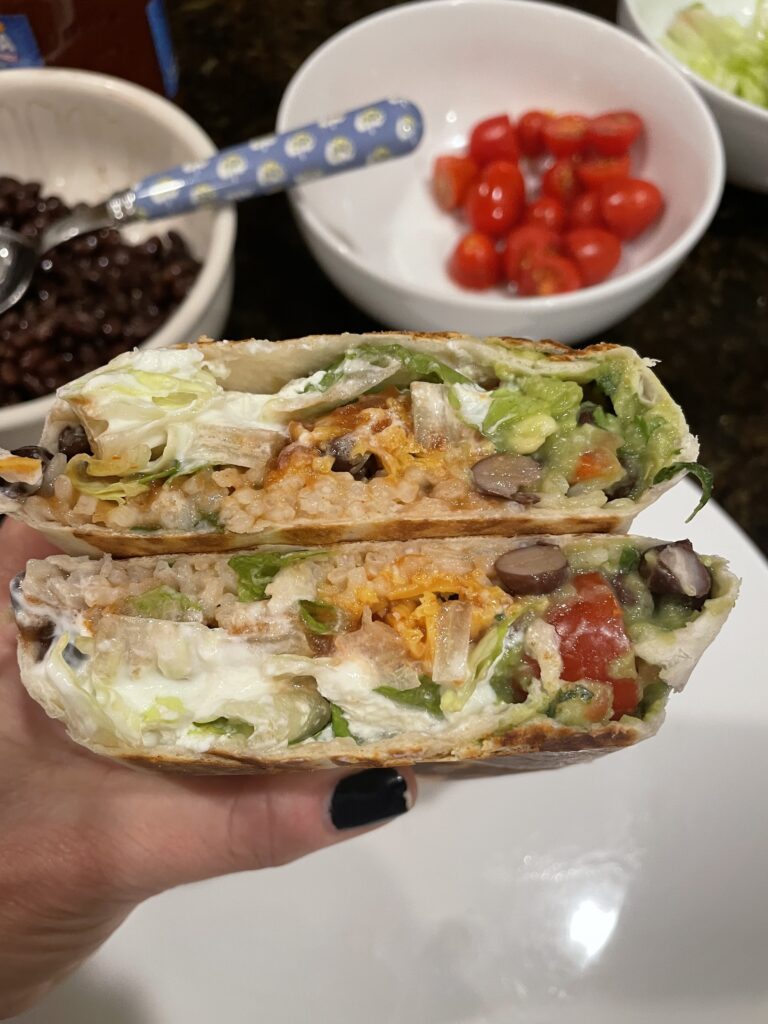
Dinner
Burrito made with rice, beans, sauteed spinach, guacamole, and salsa
Pasta with mixed vegetables and turkey meatballs
Grilled chicken or salmon with quinoa and roasted vegetables
Teriyaki rice bowl with sauteed veggies and chicken, tofu or salmon
Soups – split pea, minestrone, lentil, chicken noodle
Stuffed potato with broccoli, cheese and plain yogurt
Vegetable or chicken curry over rice
Grilled fish with baked potatoes and steamed broccoli and asparagus
Homemade vegetable pizza (made with pita)
Homemade burger (turkey, lean beef, chicken) on a whole grain roll, and served with a salad
Baked tofu, soba noodles and vegetables
Chicken or shrimp kabobs with vegetables over rice
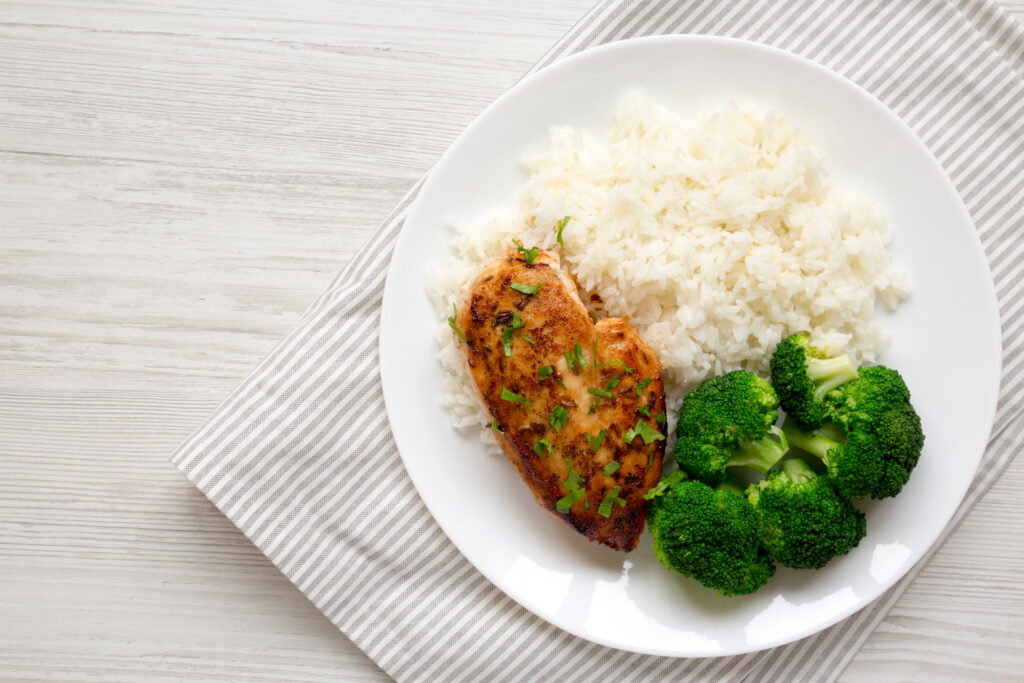
Snack ideas
Cheese and crackers
Greek yogurt with fruit
Toast with peanut butter
Vegetables and hummus
Avocado toast
Fruit smoothie
Raisin toast with ricotta
Cottage cheese with blueberries
Sliced turkey and fruit
Small handful nuts and a piece of fruit
Dessert
Yogurt parfait, fruit, honey
Chocolate chia pudding
Dark chocolate
Yogurt with chocolate chips
Mixed berries (strawberries, blueberries, rasperries)


